By Angie Eng
Artists are probably the most resourceful people when it comes to housing. To avoid high rents, they squat in abandoned buildings, live in warehouses, couch surf, house sit, sublet or sublet a sublet.
Art hubs like San Francisco, Los Angeles and New York City — with their top dollar real estate values — have responded with rent control and stabilization laws, recognizing the pivotal role of cultural creators in a city’s economy. In 1982, New York artists rallied behind the Loft Law, a landmark measure permitting creatives to inhabit converted commercial spaces as live/work studios. In the 1990s, I got lucky and found such a loft on the Bowery where I paid $1,100 per month (cash only/no lease) for 2,000 square feet plus roof access; a huge perk in New York City.
It has long since been torn down and replaced by luxury condos.
The nationwide disappearance of affordable housing stands as a grim reality; few could have predicted that rental rates in California’s capital might soar to nearly $5 per square foot. In this inflated real estate market, where will artists go?
If you drive just 10 minutes south from downtown Sacramento along the Sacramento River, you will pass vineyards, small pear farms, fishing boats and signs like “Get fresh crawdads” or “Missing pet goat.” A winding road hugs the river and passes the hamlets of Freeport, Clarksburg, Cortland, Vorden (where my grandfather was born) and then Locke, formerly part of Walnut Grove.
Hang a quick left at the “Welcome to Locke Historic District” sign and you enter a portal to the Wild West circa late 1800s and early 1900’s. It’s here a 2-strip, 14-acre tiny burg where you will find the last frontier of inexpensive rents to fit an artist’s budget.
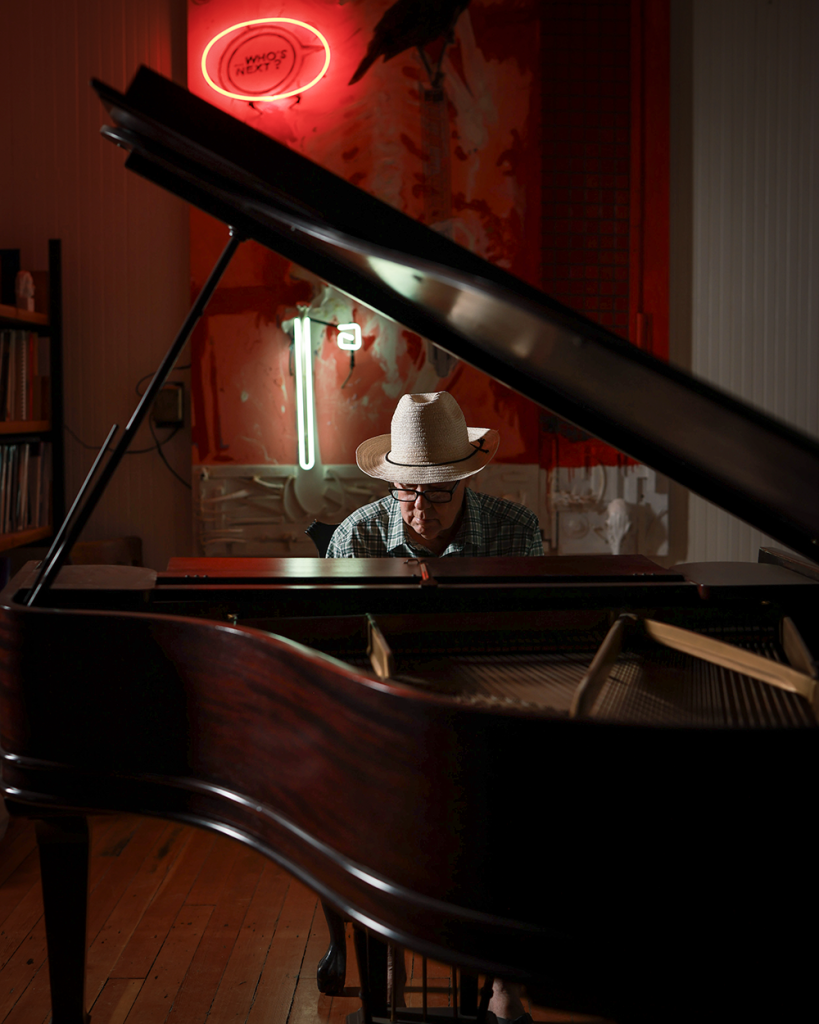
Some readers have probably ventured down this all-eyes-on-the-road detour on their way to the Bay Area. Some may remember thrift and antique stores that lined the wooden storefronts open just two decades ago. On sunny weekends, bikers stop to frequent Al’s Place, aka Al the Wops, famous for their peanut butter steaks.
Following the Gold Rush, Chinese immigrant laborers undertook the Herculean task of constructing 1,100 miles of levees, transforming marshes into fertile farming grounds.
Locke proudly stands as the sole surviving town built by and for Chinese immigrants in the United States. From 1915 through the pre-World War II era, the area’s entertainment revolved around gambling, brothels and opium dens, catering primarily to the male farm laborer population who could not bring their wives due to the Page Act of 1875. Prohibition-era escapades drew white urbanites in search of moonshine and nocturnal diversions, creating a rare space where people of different races mingled freely amid the strictures of segregation, according to Jeff Lee, a grandson of the founder of Locke.
In 1952, Sacramento County ordered the few remaining gambling halls to close their doors. Little by little the ice-cream stores, the shoe store, the Japanese hair salon, the multiple boarding houses and the main grocery store followed suit. Those who hadn’t migrated south to the Bay Area or north to the state capitol spent their twilight years in this secluded Chinese American enclave.
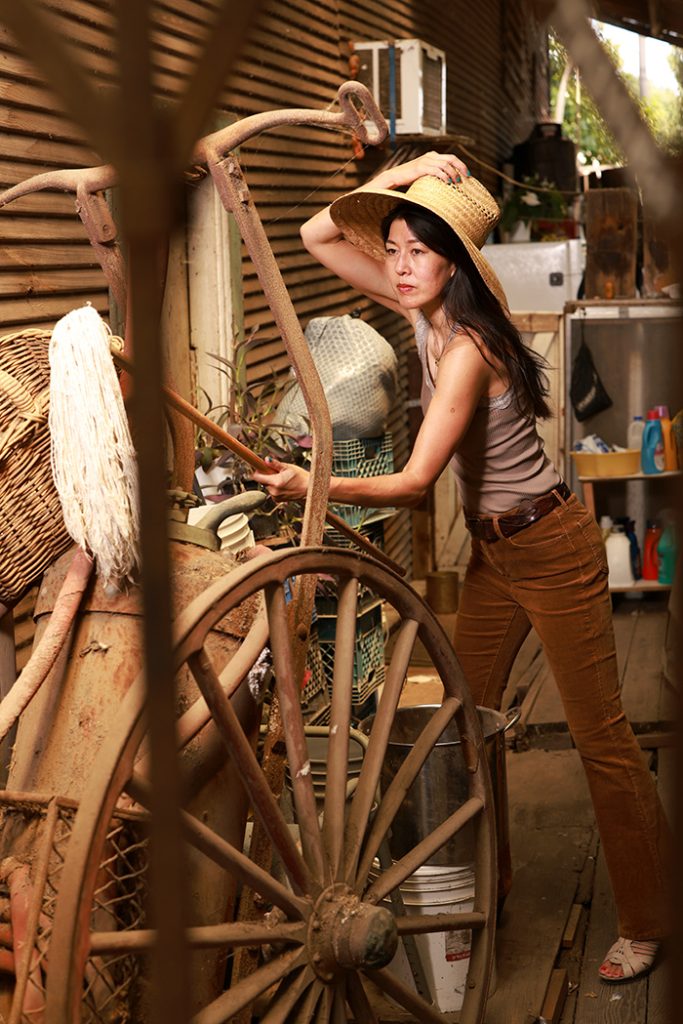
Not until the counterculture movement of the 1960s did a wave of newcomers discover this rural sanctuary built on former Miwok territory. Over time, Locke’s homogeneous Chinese population diversified in both ethnicity and occupation. Connie King, Locke’s last unofficial Chinese American mayor, also represented the first wave of professional artist pioneers. The arrival of James Motlow in 1971 marked a significant shift — the first non-Chinese artist.
Motlow, a photographer, would become an important documentor of the last remaining original Chinese immigrants from its boomtown days: They have all passed on. By the 1980s, artisans, woodworkers, musicians, poets and artists were drawn to this tranquil retreat. Notable figures, such as Marty Stanley and DR Wagner, contributed to its vibrant creative community. For the past half-century, local artists have been hosting poetry readings, concerts, and exhibits. These days you might catch local painters, Ning Hou, Martha Esch, Chris Spencer, or Joy Kuo organizing plein air painting workshops. In the warmer months, The Pearl, a new music venue showcases fiddlers, yodelers, blues singers and bluegrass string bands.
Today, a remarkable 20% of Locke’s residents — or 14 of 78 — identify as artists or artisans. Yet, its bohemian allure faces an uncertain future; even this remote Delta berg is not immune to the pressures of gentrification, with post-COVID rentals already climbing to $2.75 per square foot. Despite lacking modern conveniences like potable water, reliable cell reception or central heat and AC, artists may only have a few precious years to savor this hidden gem.
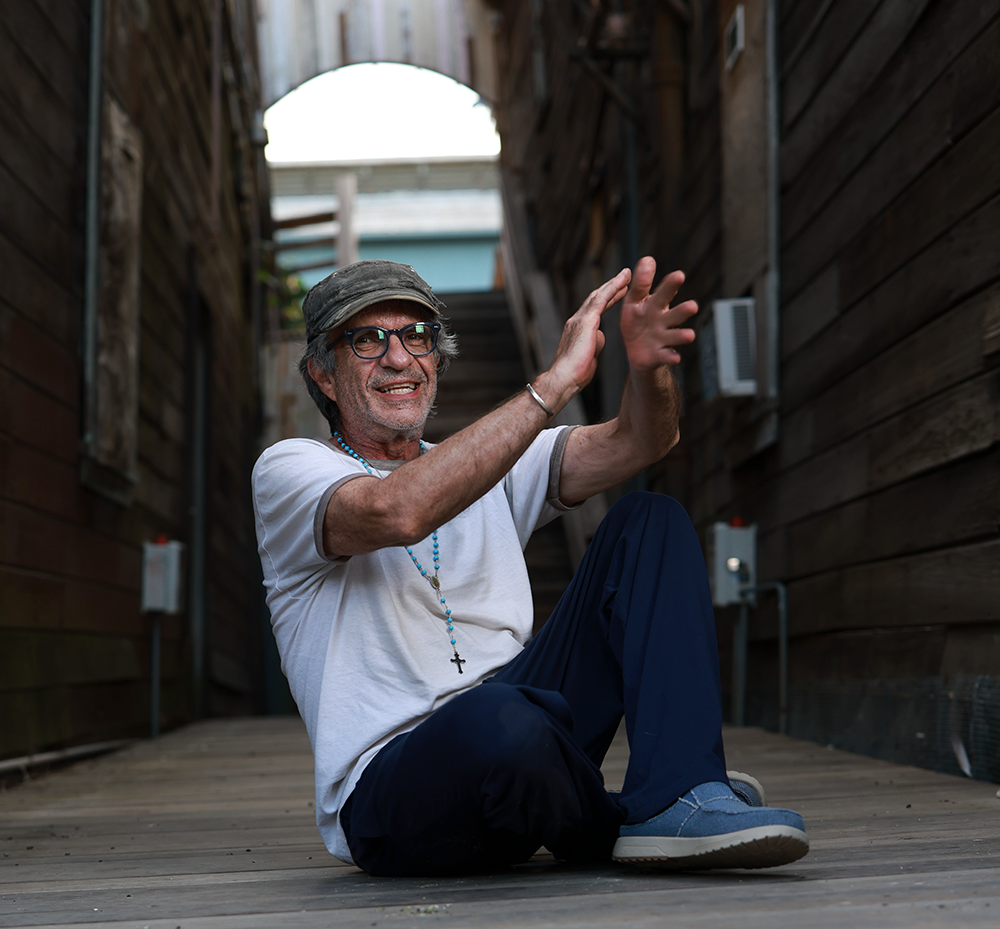
When the 300,000 gold diggers ventured to California starting in the 1850s to strike it rich, most didn’t consider wealth beyond a gold nugget. Few actually found gold. What they didn’t realize at the time is that the temporary settlements they built would contribute to the wealth of the nation; They constructed the levees to start the agriculture industry and the still-standing Wild West buildings that serve as a backdrop to American immigrant stories.
For the discerning eye of an artist, Locke and the surrounding towns of Isleton, Walnut Grove, Hood and Clarksburg, reveal themselves as inspirational goldmines — a testament to the notion that true wealth lies not in what we extract from the Earth, but rather in what we create and leave behind.
Angie Eng is a native Sacramentan and a conceptual artist and educator who moved to Locke in the fall of 2023 after spending 25 years in art capitals, New York City and Paris. Her great-grandparents settled in the area in the early 1900s. Her maternal grandfather lived in Locke in the 1920s before moving to San Francisco in the 1930’s. She moved to Locke because she heard from a former resident and late poet/artist D.R. Wagner about an inexpensive rental in a former church where he and other artists once resided. She also chose to live in Locke because she received an Impact Grant from the California Arts Council to make an audio walk that interweaved the stories of local artists with their music, poetry and her field recordings from the area.
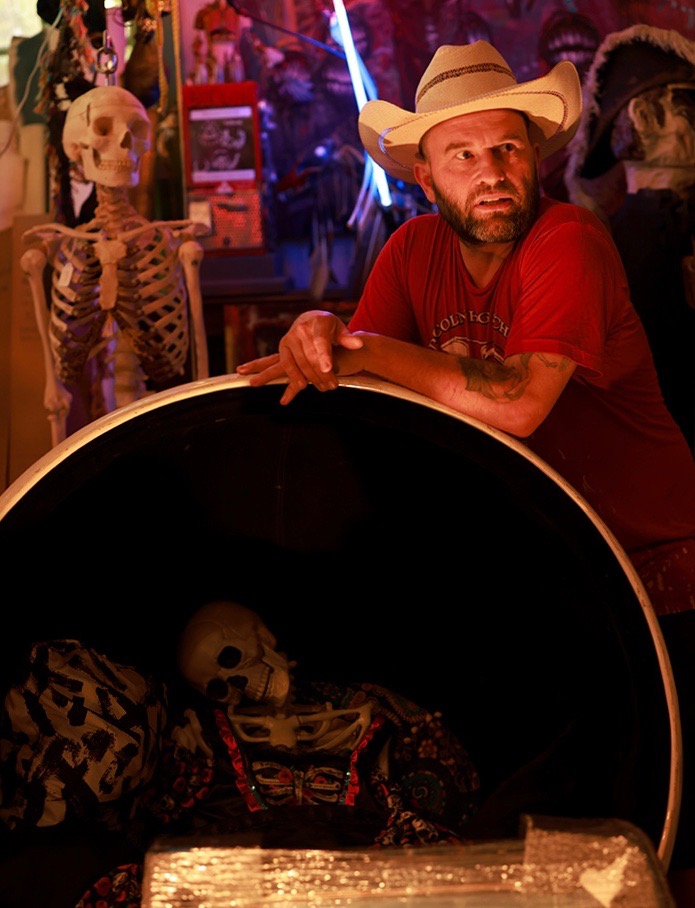

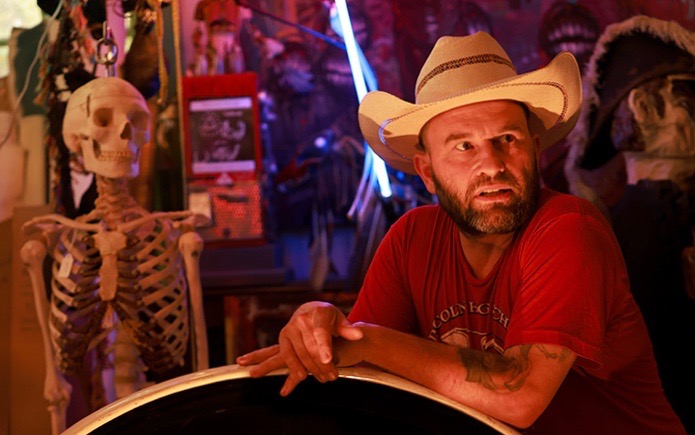
Be the first to comment on "The last frontier: an art haven in the Sacramento Delta"